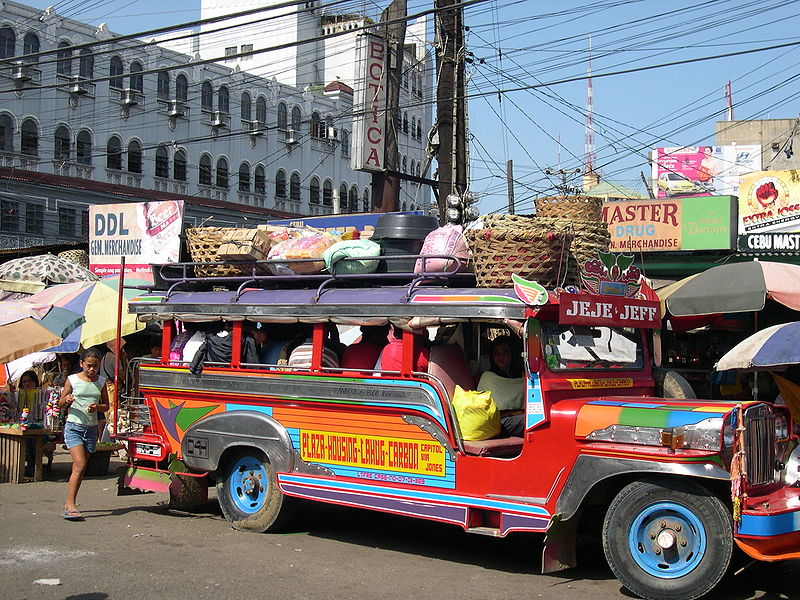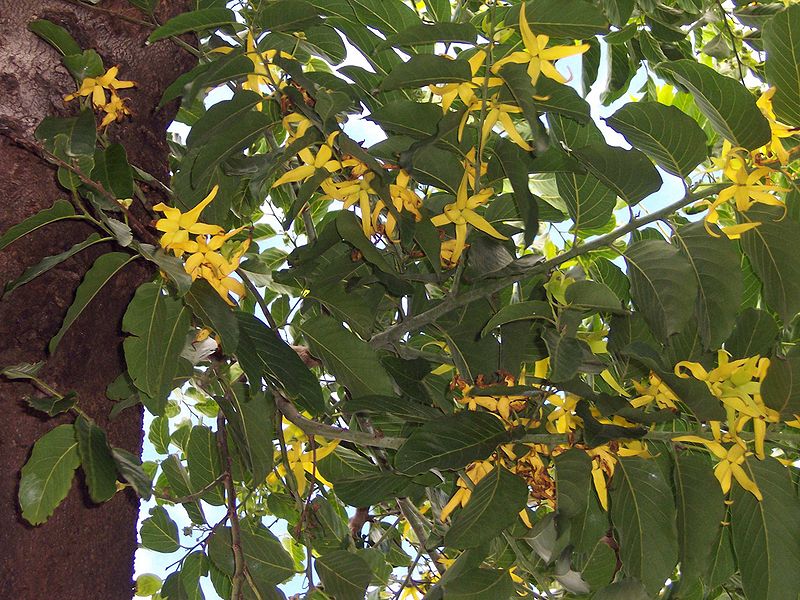Today’s blog post will take us to the Philippines and its national language, Tagalog or Filipino (Pilipino). Tagalog is an Austronesian language, the language family that also includes languages such as Malay, Bahasa Indonesia, Malagasy and Hawaiian to name but a few. The name Tagalog itself derives from ‘taga-ilog’, which means river dweller. Filipino, the national languages of the Philippines, was developed as a lingua franca in the 1930s, and Tagalog, a language spoken predominantly in Manila and Central and South Luzon, was chosen as its base, into which words and elements from other Phillipine languages were then incorporated. Tagalog vocabulary includes a wealth of words from Spanish and English, and the words for numbers, days of the week and for months are actually loanwords from Spanish, but spelled in Filipino.
Here are some ‘survival phrases’ in Tagalog 
Kumusta Hello
Babay Goodbye
Salamat Thank you
Walang anuman You’re welcome
Ako si….. My name is……
Oo Yes
Hindi No
Hindi ko naiintindihan I don’t understand
Sori Sorry
Eksyus mi Excuse me
Kumusta po kayo? How are you?
Mabuti po I’m fine
Tagalog has also contributed some words to the English language. Some words of Tagalog-origin commonly used in English are:
Ylang-ylang a tropical tree with yellow flowers from the Phillipines, from which a fragrance is derived
Capiz a shiny oyster shell, which is used in the production of crafts
Abaca a type of hemp fibre made from the Abaca-plant, a plant in the banana family
Cogon a type of grass used for thatching, from the word kugon (a species of tall grass)
Boondocks a word meaning ‘rural’ or ‘backcountry’ in English, which is derived from a mispronunciation of the word bundok (“mountain”)



